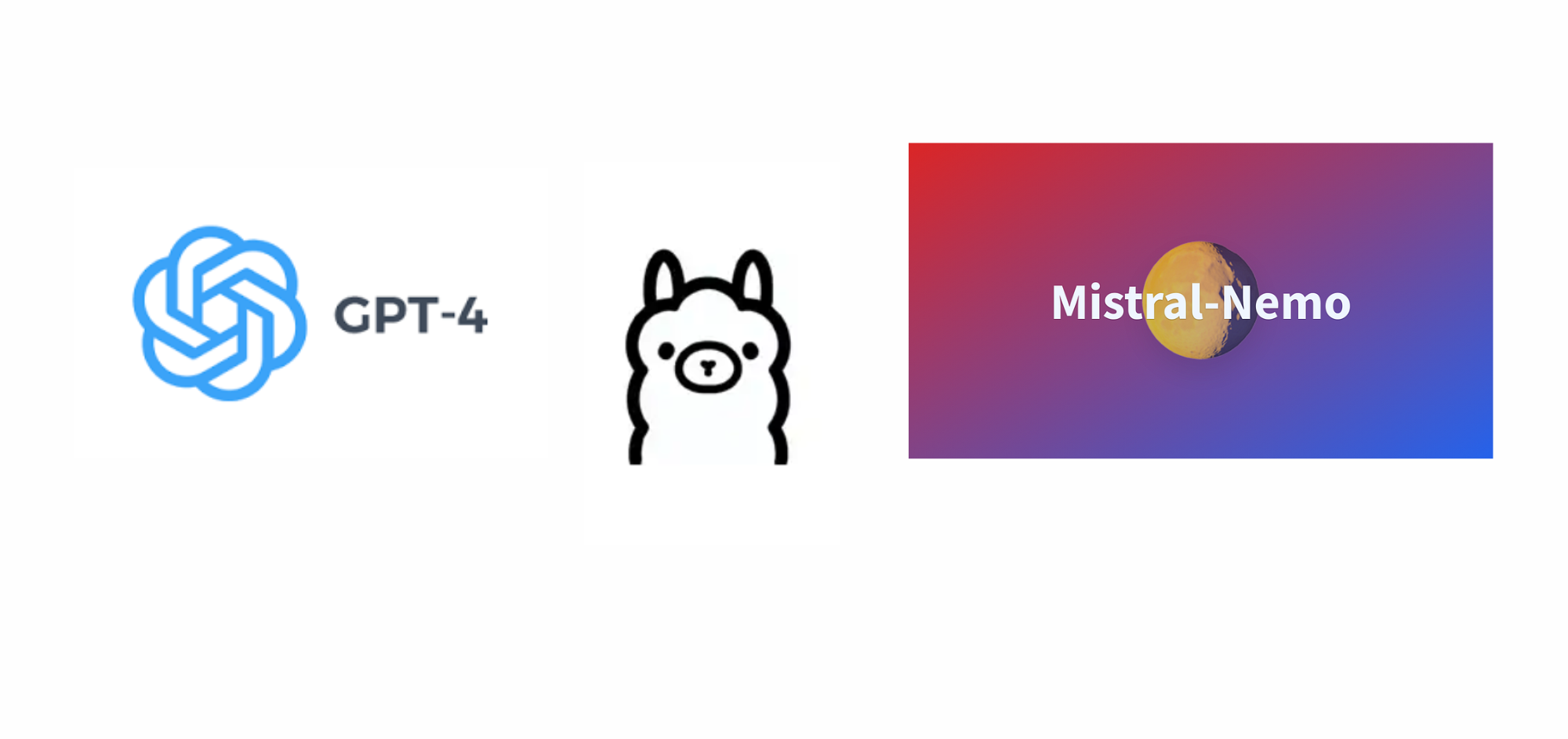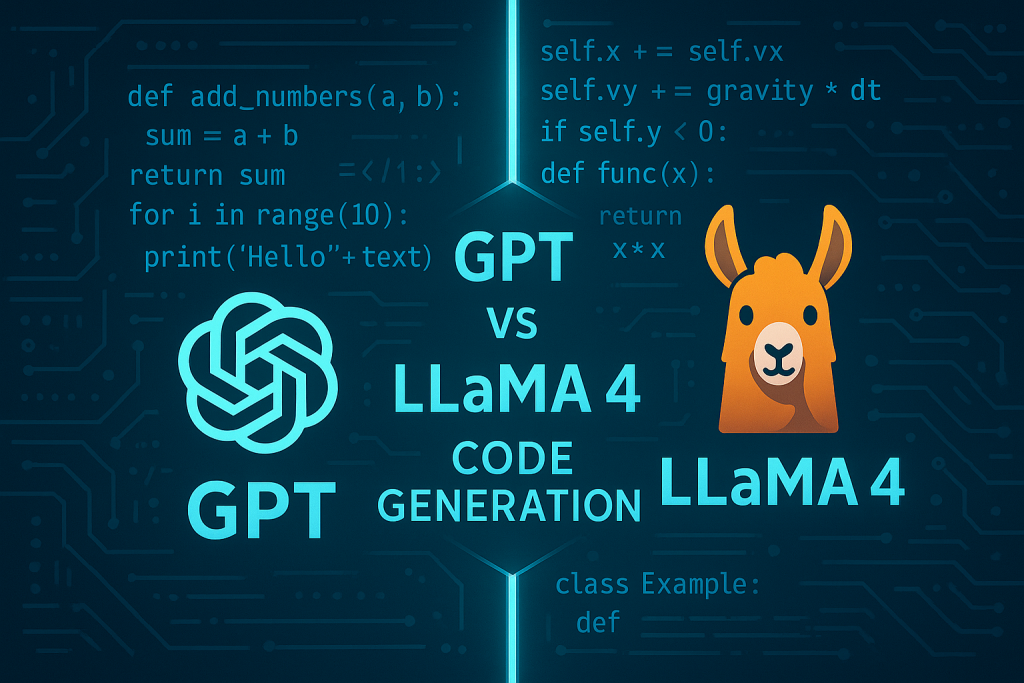Testing Mistral Nemo for Large and Complex Prompts: A Comparison with Llama and GPT
Introduction
The field of AI and natural language processing (NLP) is in a constant state of innovation, with new models being introduced to tackle increasingly complex tasks. Mistral Nemo is one such model, designed to handle large and intricate prompts with high efficiency and accuracy. In this article, we’ll compare Mistral Nemo with two of the leading models in the industry: Llama and GPT. We’ll examine their performance based on key parameters, focusing on their ability to process complex prompts.
Model Overview
Here’s a brief overview of the models we’ll be comparing:
- Mistral Nemo: A recently developed model with 12 billion parameters, optimised for handling complex prompts with a balance of performance and computational efficiency.
- Llama: Developed by Meta AI, Llama comes in multiple versions, ranging from 7 billion to 405 billion parameters, and is known for its ability to process large datasets and generate coherent text.
- GPT: Particularly in its latest version (GPT-4 Turbo), GPT boasts a staggering 1.8 trillion parameters, making it one of the most powerful language models available today.
Comparison Table: Mistral Nemo vs. Llama vs. GPT

Analysis
Mistral Nemo
- Parameters: Mistral Nemo’s 12 billion parameters provide a balanced approach, offering sufficient complexity to handle intricate prompts without overwhelming computational resources.
- Context Length: With a context length of 128k tokens, Mistral Nemo can manage extremely large prompts effectively, making it suitable for tasks that require deep contextual understanding.
- Performance: Mistral Nemo excels in maintaining context and delivering coherent responses, particularly in scenarios where the complexity of the prompt is high but manageable within its parameter constraints.
- Scalability: While Mistral Nemo scales well, it may face limitations when handling extremely large datasets or prompts that require extensive context retention.
Llama
- Parameters: Llama offers a range of models from 7 billion to 405 billion parameters, providing flexibility depending on the task’s complexity and computational requirements.
- Context Length: With a context length of up to 4096 tokens, Llama is well-suited for large-scale text generation and tasks that require maintaining coherence over longer prompts.
- Performance: Llama performs well across a variety of NLP tasks, particularly in its higher-parameter versions, where it can manage complex prompts with a high degree of accuracy and coherence.
- Scalability: Llama’s scalability is one of its strengths, particularly in its higher-end models, making it a versatile choice for a wide range of applications.
GPT-4 Turbo
- Parameters: GPT-4 Turbo’s 1.8 trillion parameters make it one of the most powerful models in existence, capable of handling extraordinarily complex and large-scale prompts.
- Context Length: With an unprecedented context length of up to 128k tokens, GPT-4 Turbo can process entire books or extensive documents while maintaining context throughout.
- Performance: GPT-4 Turbo offers unparalleled performance, delivering highly coherent and accurate responses even for the most challenging tasks.
- Scalability: GPT-4 Turbo handles scalability exceptionally well, making it the ideal model for tasks requiring extensive contextual understanding and large-scale text processing.
Conclusion
When comparing Mistral Nemo, Llama, and GPT-4 Turbo, it’s clear that each model has its strengths:
- Mistral Nemo is ideal for tasks requiring deep contextual understanding and efficiency, offering a good balance of performance and resource management.
- Llama provides flexibility across its range of models, making it suitable for both general NLP tasks and more complex scenarios, depending on the version used.
- GPT-4 Turbo stands out with its extraordinary parameter count and context length, making it the top choice for the most demanding NLP tasks, particularly those requiring extensive context and high scalability.
The choice between these models ultimately depends on the specific needs of the task. Mistral Nemo offers an efficient solution for moderately complex tasks, Llama caters to a wide range of applications with its scalable models, and GPT-4 Turbo is the go-to model for handling the most complex and large-scale NLP challenges.
Final Thoughts
As AI continues to advance, models like Mistral Nemo, Llama, and GPT-4 Turbo will likely evolve further, pushing the boundaries of what’s possible in AI-driven text generation. With ongoing innovations, the future of NLP looks brighter than ever, with even more powerful tools on the horizon.
References
- NVIDIA. Mistral-NeMo-12B-Base [Online]. Available at: https://huggingface.co/nvidia/Mistral-NeMo-12B-Base.
- Meta AI. Large Language Model — LLaMA — Meta AI [Online]. Available at: https://ai.meta.com/blog/large-language-model-llama-meta-ai/.
- KDnuggets. Details on GPT-4 Leaked [Online]. Available at: https://www.kdnuggets.com/2023/07/gpt4-details-leaked.html#:~:text=It%20is%20stated%20that%20GPT,epochs%20for%20code%2Dbased%20data.
Catch the latest version of this article over on Medium.com. Hit the button below to join our readers there.



















